How To Find Hidden Cameras Outside Your Home?
In today's hyperconnected world, privacy concerns have grown significantly. As technology becomes smaller and more affordable, hidden cameras are increasingly used for surveillance—sometimes for malicious purposes. Identifying and addressing hidden cameras outside your home is crucial for protecting your privacy and security. In this article, we’ll explore practical methods to identify hidden cameras and steps to prevent unauthorized surveillance.

Why Identifying Hidden Cameras Is Important
Hidden cameras, while often marketed for security purposes, can also be used for voyeuristic activities or unauthorized surveillance. Discovering these devices is essential for several reasons:
- Privacy Protection: Ensure your personal space remains personal.
- Legal Boundaries: Surveillance without consent often violates privacy laws.
- Peace of Mind: Knowing your environment is free from prying eyes enhances your sense of safety.
---
Understanding Hidden Camera Technology
Hidden cameras can vary in design and size, often disguised as everyday objects like lights, smoke detectors, or birdhouses. They are typically equipped with lenses and power sources (batteries or wired connections) and may use wireless or wired methods to transmit footage.
Key Features to Recognize:
1. Lens: Even in covert designs, a small, reflective lens will always be present.
2. Power Source: Cameras need power, which means wires, solar panels, or batteries are required.
3. Connectivity: Many cameras rely on Wi-Fi or Bluetooth for remote access.
---
Signs of Potential Hidden Cameras
To begin your search, look for these common signs:
- Unfamiliar Devices: Anything new or out of place, such as lights, fixtures, or devices, should be inspected.
- Wires Leading to Unusual Locations: Follow any wires that seem to have no purpose.
- Reflections: Camera lenses reflect light; use a flashlight to spot tiny reflections.
---
Methods to Find Hidden Cameras
1. Visual Inspection
A thorough visual examination is the first step:
- Unusual Placement: Cameras are often placed to maximize their field of view. Check high vantage points, corners, and areas with good visibility.
- Small Holes or Gaps: Hidden cameras are often embedded behind small openings.
- Fake Objects: Examine everyday items for odd modifications (e.g., screws that don’t match or objects with lenses).
2. Use Flashlights
Hidden camera lenses reflect light. In a dimly lit environment:
- Hold a flashlight close to your eye level.
- Shine the light around suspicious objects or areas.
- Look for small, pinpoint reflections indicating a lens.
3. Detect Infrared Lights
Many cameras use infrared (IR) for night vision. IR light is invisible to the naked eye but detectable with:
- Smartphone Cameras: Older smartphone cameras can detect IR light. Use the phone’s camera to look at the object; IR will appear as a faint glow.
- IR Viewers: Specialty IR viewers are available for detecting these emissions.
4. Use a Hidden Camera Detector
Specialized devices, like RF (Radio Frequency) detectors or hidden camera scanners, can identify signals emitted by wireless cameras. These detectors:
- Locate active transmission frequencies.
- Help pinpoint devices that rely on Bluetooth or Wi-Fi.
5. Check Wi-Fi Networks
Hidden cameras often connect to local networks. Use a smartphone or laptop to scan for devices on your Wi-Fi:
- Applications like "Fing" or "Wireshark" can identify unknown devices connected to your network.
- Look for unfamiliar IP addresses or device names.
6. Thermal Imaging
If accessible, thermal imaging tools can detect the heat signatures of electronic devices. Cameras and other electronics often generate noticeable heat when operational.
7. Listen for Unusual Sounds
Some cameras emit faint buzzing or clicking sounds. In a quiet environment:
- Move close to suspicious objects.
- Listen carefully for any unusual noises.
---
What to Do If You Find a Hidden Camera
If you discover a hidden camera outside your home:
1. Document It: Take photos and note the location of the device.
2. Disable It: If possible, disconnect or cover the lens without destroying the device.
3. Report It: Notify local authorities or property managers if the device violates your privacy.
4. Consult a Professional: Security experts can help identify and handle surveillance devices legally and safely.
---
Preventing Future Surveillance
Detection is one aspect; prevention is another. To reduce the likelihood of hidden cameras being installed around your home:
- Install Privacy Fences: High fences or privacy screens can limit visibility into your property.
- Use Security Cameras: Monitor your own property with security cameras that can also deter unauthorized installations.
- Control Access: Restrict access to your property, and be mindful of service personnel or contractors.
- Conduct Regular Inspections: Periodically check for new or unusual devices around your home.
---
Legal Implications of Hidden Cameras
Laws regarding surveillance vary by region. However, unauthorized recording typically breaches privacy laws:
- Seek Legal Advice: If you discover a camera violating your privacy, consult an attorney to understand your rights.
- File a Complaint: Authorities can investigate and prosecute illegal surveillance.
---
The Role of Technology in Enhancing Privacy
While technology enables hidden cameras, it also provides tools to detect them. Apps, devices, and techniques are becoming more sophisticated, making it easier for individuals to safeguard their privacy.
Key Innovations:
- AI-Driven Detection: Emerging tools leverage artificial intelligence to identify hidden surveillance devices more effectively.
- Integrated Home Security: Smart home systems now include features for detecting unauthorized devices.
---
Conclusion
Hidden cameras outside your home can threaten your privacy, but with the right tools and knowledge, you can uncover and address these devices effectively. Regular inspections, awareness of telltale signs, and the use of technology are crucial steps in protecting your personal space. By understanding how to detect hidden cameras and implementing preventative measures, you can take control of your privacy and enjoy peace of mind.
In an era where surveillance is increasingly accessible, staying informed and proactive is not just advisable—it’s essential.


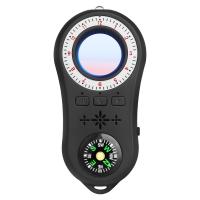
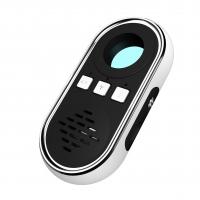
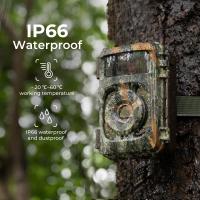

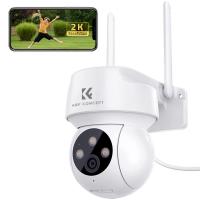
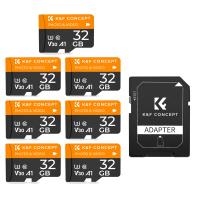
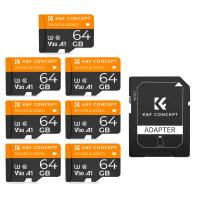

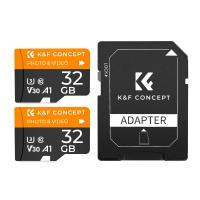

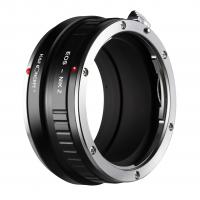

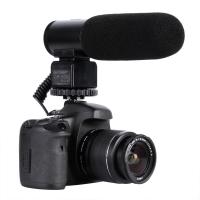


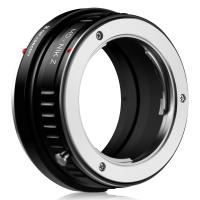
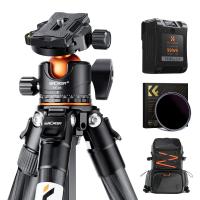

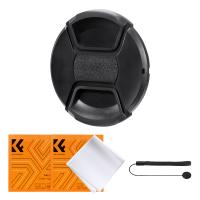
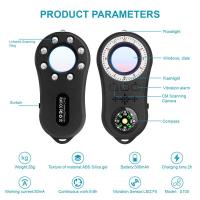
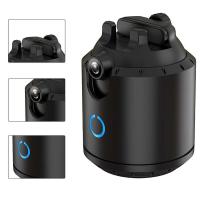
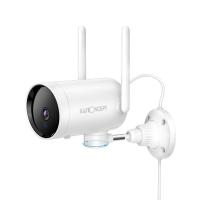

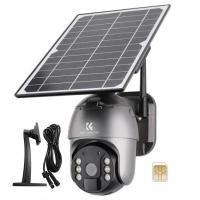

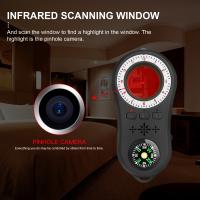

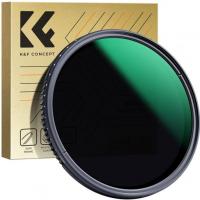
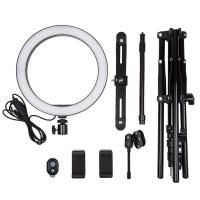

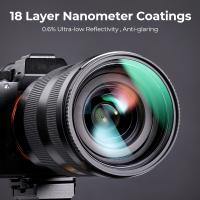

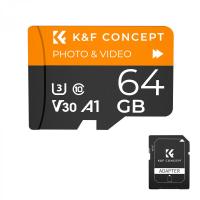




There are no comments for this blog.